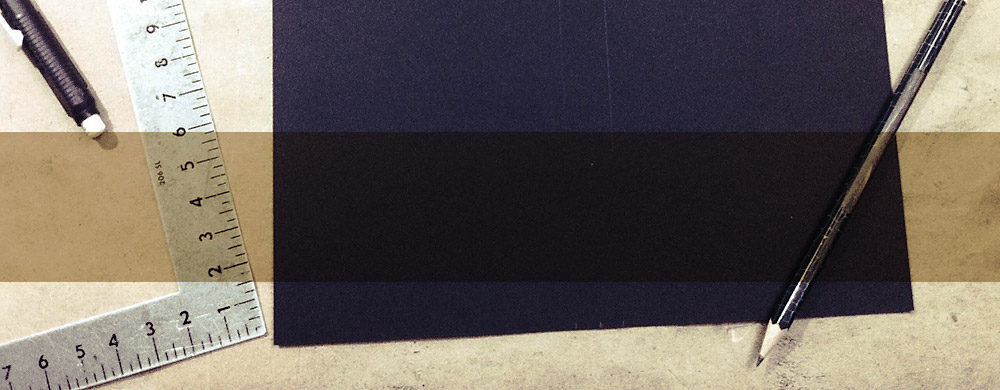Copyrights: What is and not…
Public domain – not! When visiting a web site, it is so easy to click and save with a mouse button when one sees a graphic image that one likes, or to view the source code and copy part of or, all of the HTML coding because one “likes the way this or that was done” or one “wants a similar layout”, or to copy original writings because “that person expresses this or that so well.” The general (and incorrect) notion is that anything that is on the internet is public domain and may be taken without permission from the creator/owner. Some people actually think (incorrectly) that just because bits of web pages may be stored in one’s cache, or because certain browsers allow one to do “file save as” moves or, anything similar, one may use such material as one wishes. This is false.
Just because your driveway is not inside of your house, is it in the public domain? Does that give anybody off the street the right to stay on your driveway without your permission, even if they can see it from the street, or easily access it?
The same basic principle applies to material published on the internet. Material found on the web may be copied freely only if the information is created by the (i) federal government, (ii) if the copyright has expired or (iii) the copyright has been abandoned by the holder. Therefore, “internet” and “public domain” are not synonymous. Any work published on the internet is not automatically placed it in the public domain, unless the material in question complies with one or more of the characteristics mentioned.
Copyright protects original works of authorship. The copyright holder has the exclusive rights to:
1. reproduce or copy
2. produce derivative works based on the copyrighted work (right to modify)
3. distribute copies of the work
4. perform the work publicly
5. display the work publicly
The copyright holder has additional exclusive rights regarding visual works, such as the right to:
1. claim authorship of the work and to prevent the use of his or her name as the author of a work he or she did not create (“attribution”)
2. prevent the use of his or her name as the author of a distorted version of the work, and to prevent destruction of the work (“integrity”)
COPYRIGHT RIGHTS: Unless permission is given in writing, it is understood that any images or text included herein may not be photographed or reproduced by any means including, electronic duplication. Artist, Onajide A. Shabaka reserves all rights to the work herein unless otherwise stated.
All parties given written rights to any work herein agree that there must be affixed to the work(s) of art or in close proximity a copyright notice, which shall include the copyright symbol, date and name of the Artist, and placed in a visible manner and location as to give “reasonable notice” of the Artist’s copyright in the work(s).
PRIVACY
Art3st.com respects your right to personal privacy and takes your privacy seriously. When your personal information and or personal history information is collected from our web metrics, you can be assured that it will handle it in a manner that will ensure its protection and security from unauthorized access or disclosure. We do not share aggregated demographic information with our sponsors and advertisers. Onajídé Shabaka is the sole owner of the information collected on this Web site.
On this site: résumé/CV, professional experience, press articles, purchasing artwork, copyright info.
